There is something magical about growing daffodils from bulbs. You stick the boring storage organs in the ground, forget about them for a few months, and then watch the foliage and beautiful flowers emerge. And with so many varieties to choose from, flowers never get boring.
While you may think that your involvement in the daffodil’s life ends after the flowers bloom, that is not always the case. Fertilization is a key part of post-flowering careas well as being attentive to pests. Additionally, you may also want to dig, divide, and transplant the bulbs to increase the number of daffodils that will brighten your garden.
Although removing daffodils from the ground may seem more complicated than planting them, it is simple. I will share the best time to dig and divide bulbshow to prepare them for storage and presents some ways you can determine what to do with the extra plants you will have left after the dividing process.
Do I need to divide my daffodils?
Many gardeners think their only role in caring for daffodils is to plant them the first year. As long as you plant them in the ground at the right time of year and keep them safe from hungry critters, the plants will continue their wonderful flowering cycle each spring. For the most part, this is true.
Most daffodils will remain healthy for years after planting. However, as they continue to produce new bulbs, the plants become crowded and produce fewer flowers. While it is not necessary to dig and divide the bulbs (deserted cabin plantings have thrived for decades), doing so can improve the health of the plants and allow you to move them to a new location.
How and when to dig, divide and transplant daffodils
If you decide you want to divide your plants, follow these steps.
Wait until the right time
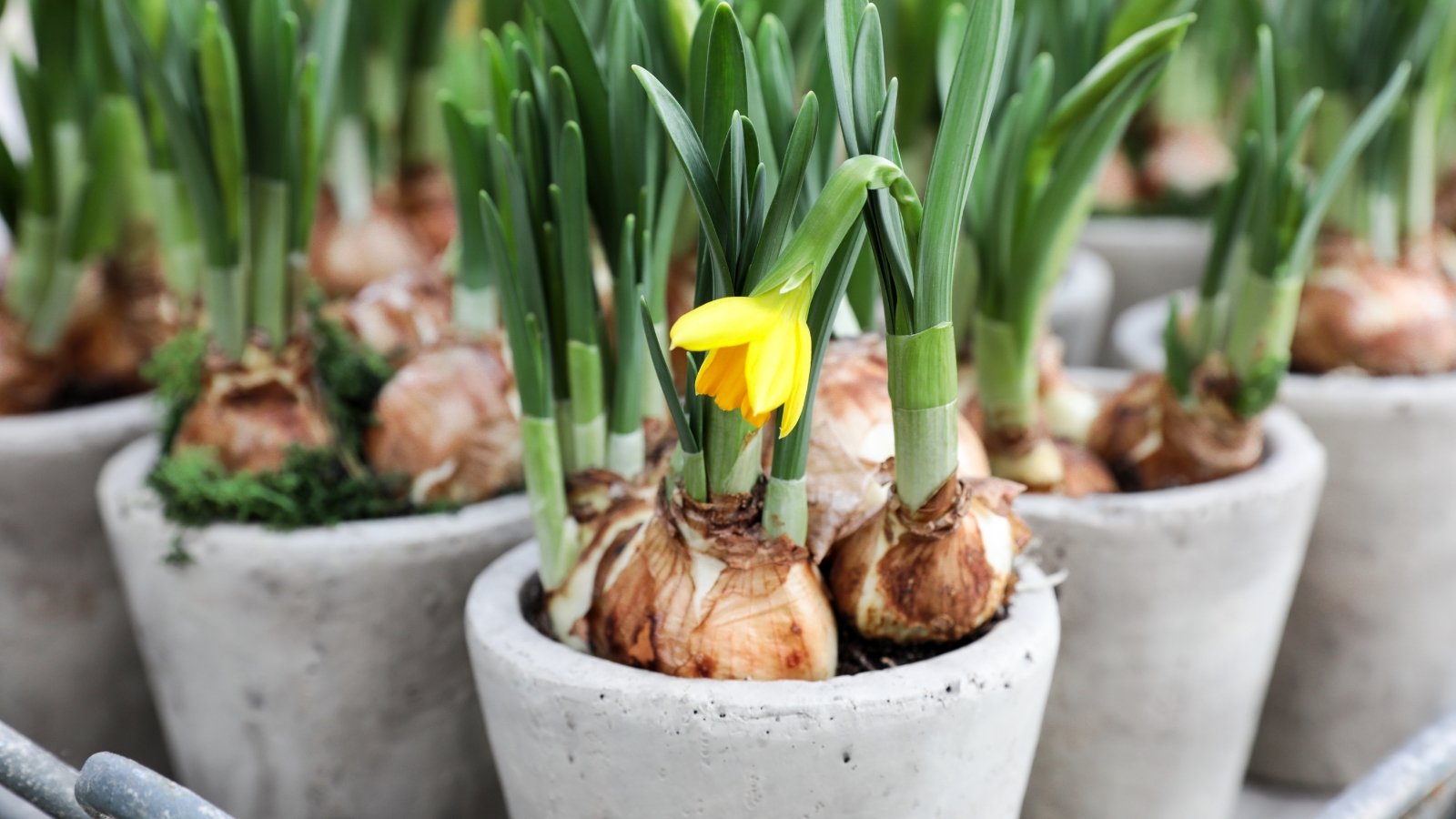
There is two options To dig and divide your plants. You can dig them in the late spring or early summer after the leaves turn brown, or you can dig them up in the fall. Both times work well, so considering the pros and cons can help you decide which is best for you.
However, you should Avoid digging when plants are still showing green leaves.. Although this will not kill the plant, it will limit the amount of energy that reaches the bulbs. Therefore, the plants may not produce flowers the following spring.
late spring
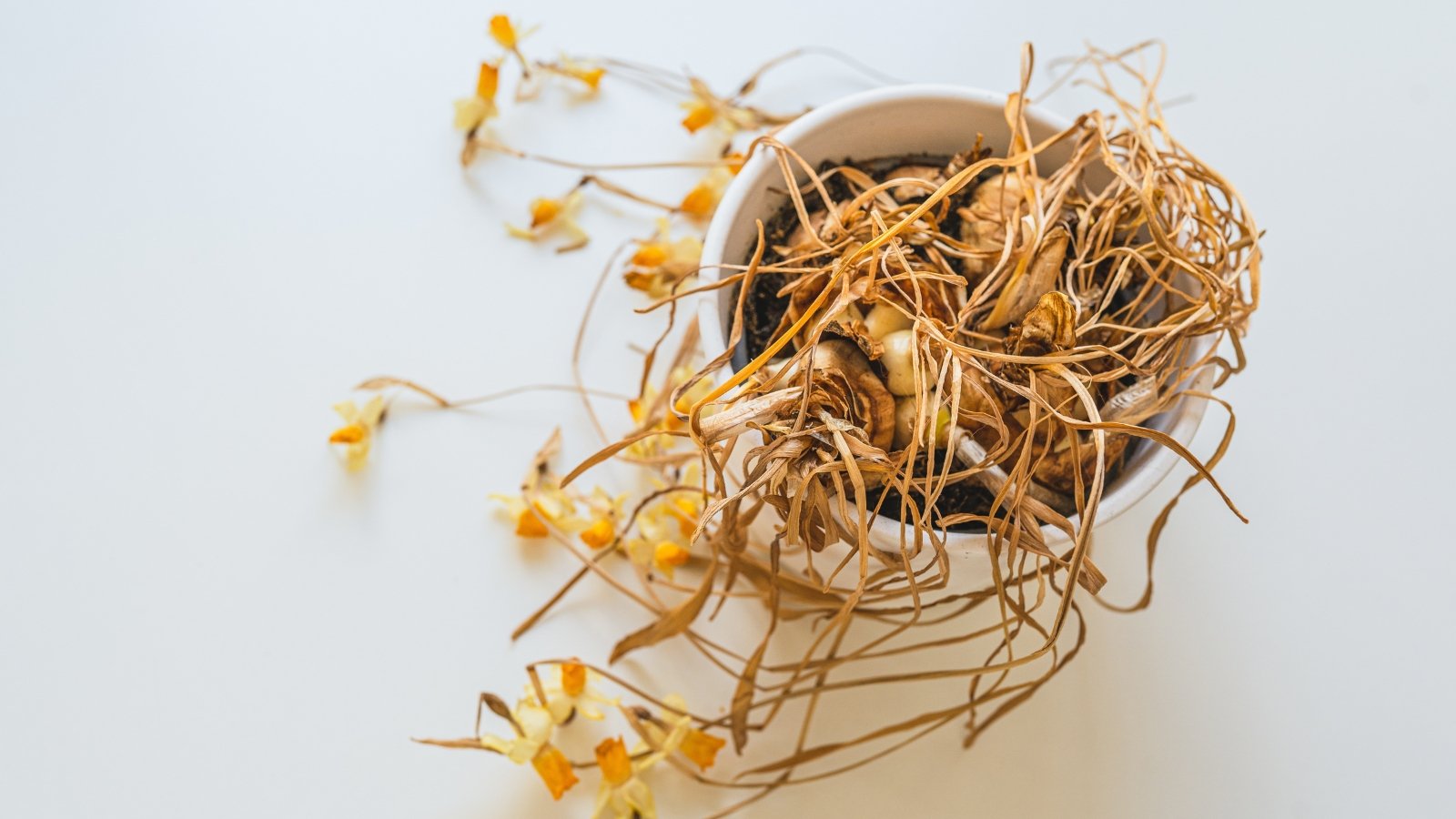
Digging in late spring offers numerous advantages. The brown foliage makes it easy to locate the bulbs, so you don’t have to rely on memory or a garden map to locate them. The foliage also makes you less likely to accidentally puncture the bulbs while digging.
If you choose to dig and divide in the spring, wait until all the leaves have faded from green to brown. At this point, the leaves finish capturing solar energy that they use to produce sugars. In many areas, daffodils are ready to be dug six to eight weeks after blooming.
Daffodils dug in spring can be replanted immediately or dried for fall planting. I will provide details on drying below.
Fall
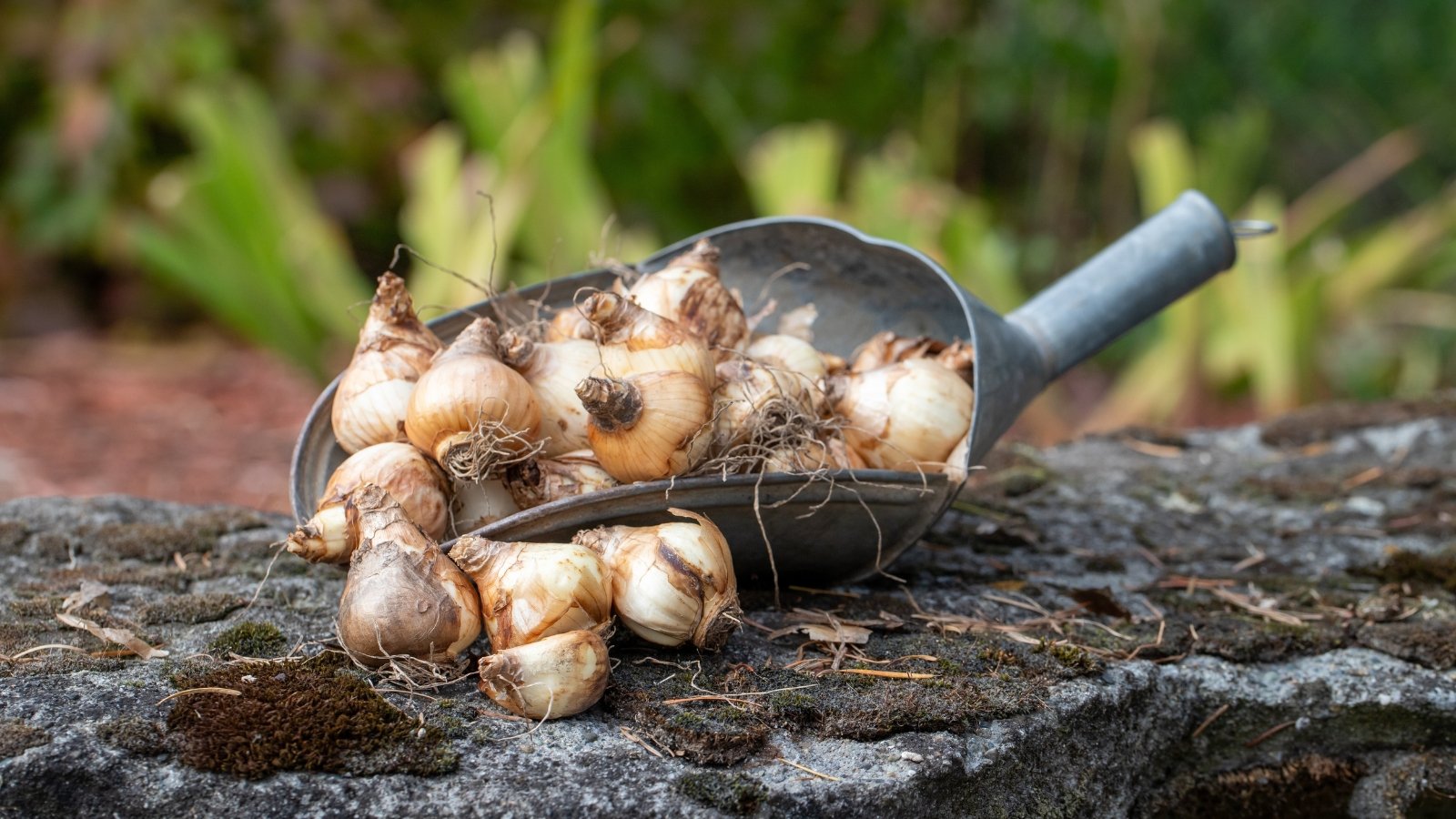
If you don’t have time to dig up the bulbs in the spring or don’t want to dry and store them over the summer, you can also dig them in the fall. However, digging in the fall is a little more complicated because the plants are no longer showing their leaves. That means you have to rely on memory to determine where the daffodils are located.
However, if you dig in the fall, you will be able to replant them at the perfect time of year. This allows you to forget about worrying about damage caused by the summer heat and ensures that the storage organs receive the cooling hours They need to bloom the following spring. Just be sure to plant them at the right time to ensure they get the cold they need and reach the ground before it freezes.
dig them up
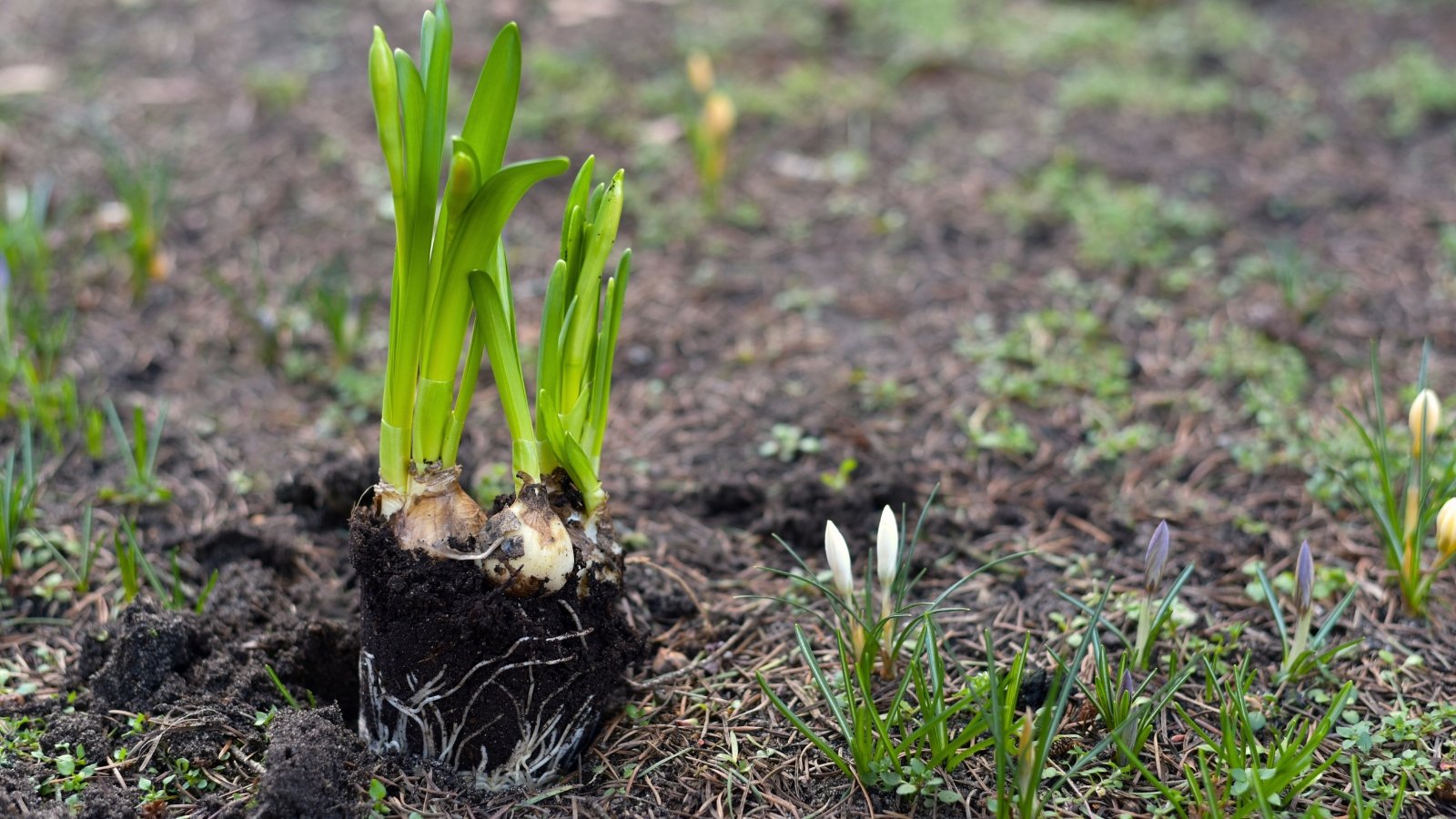
Use a shovel or fork for digging to dig them out carefully. I like to insert the tool a few inches from the bulbs to avoid damaging them. It is best to avoid digging on wet days, as wet soil is sticky and makes digging difficult.
After digging up the bulbs, brush off excess soil with your hands. If there is a lot of soil stuck to the bulbs, use a hose to wash it away. If there is still foliage attached to the top, cut it off with a knife or pruning shears.
divide them

Once you’ve removed the bulbs from the ground, it’s time to divide them. As daffodils grow, they produce smaller secondary bulbs next to the original ones. These bulbs are genetically identical to the parents, unlike the seeds that daffodils produce. Therefore, growers often consider division as the best way to propagate daffodils.
These daughter bulbs will remain attached to the mother. The plant will produce more foliage and flowers, resulting in a larger clump of daffodils. However, the plants will not spread across your garden like rhizomatous plants.
Fortunately, these daughter bulbs have an easy way to tell us whether or not they are ready to survive on their own. Take one of the new bulbs with your fingers and give it a gentle tug. If it loosens from the main bulb, it is ready to replant. However, if you feel any resistance, leave it until next year.
Replant them
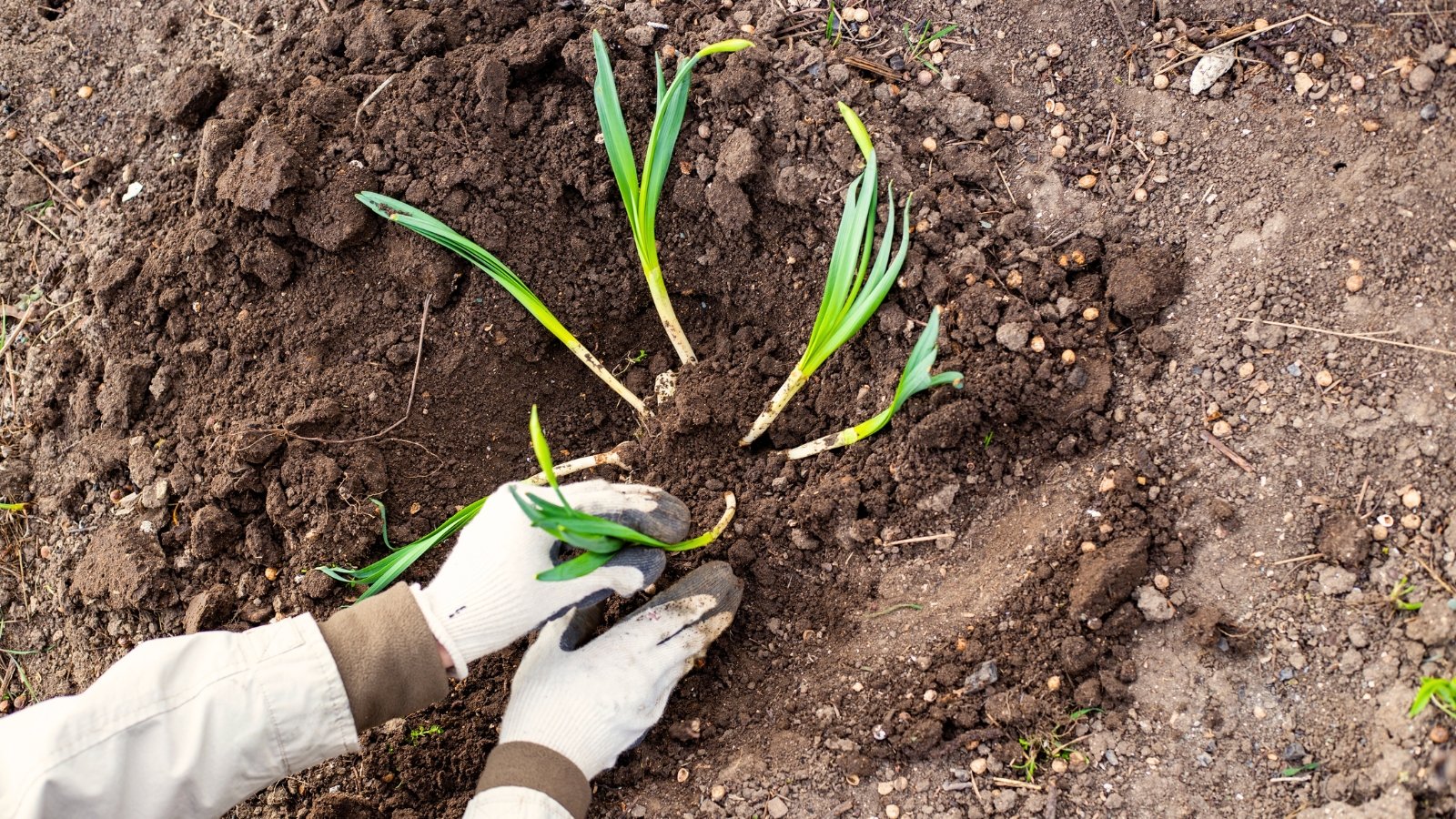
If you know where you want the extra daffodils to go, you can Transplant them the same day you dig them.. This applies to those dug in spring or autumn.
Choose a location with well drained soil and full to partial sun. Dig a hole that is twice as deep as the height of the bulb. For example, dig a two-inch hole if a bulb is one inch tall. If you are planting multiple flowers, space them 6 to 12 inches apart.
Dry them to store them
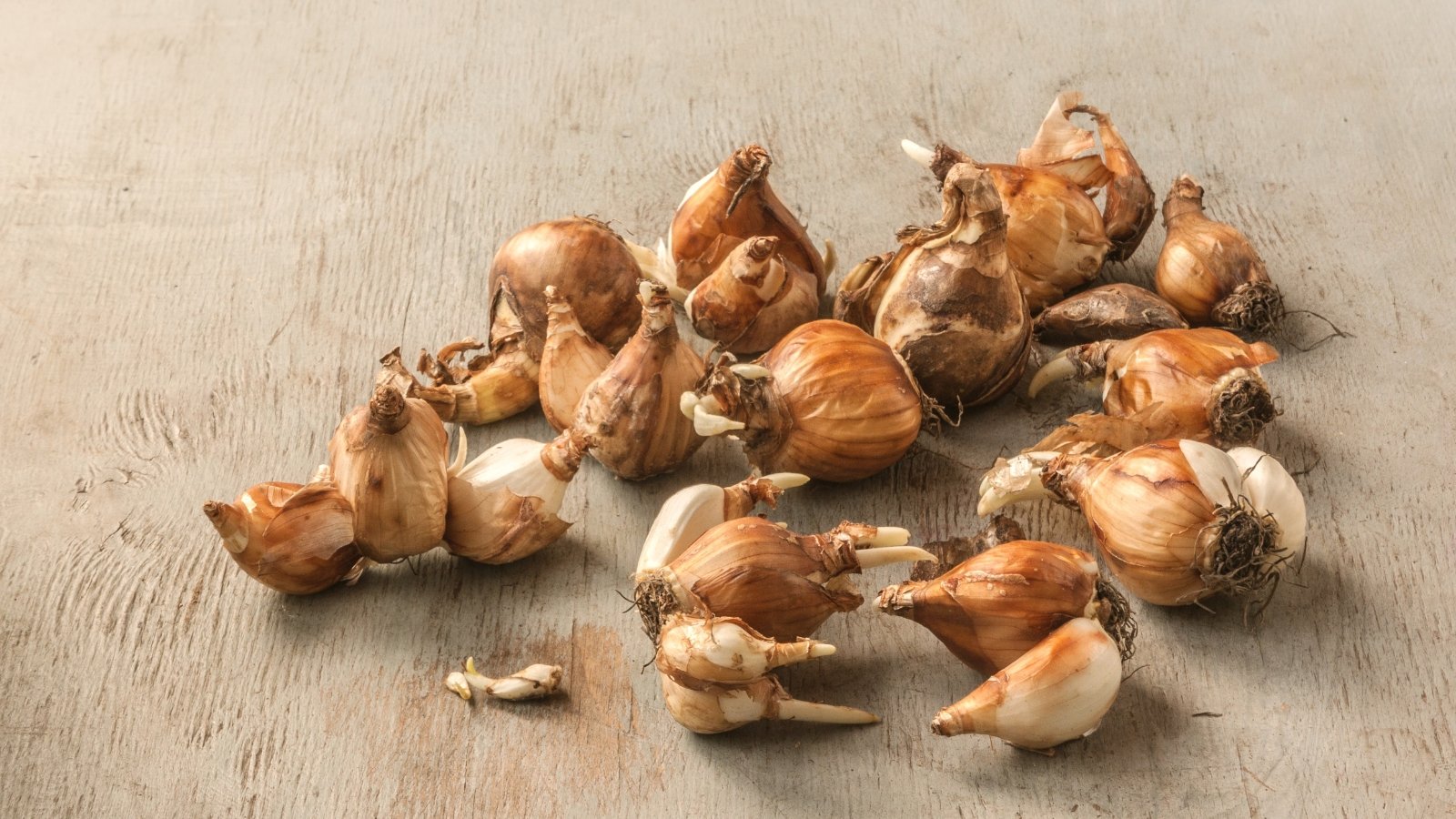
If you don’t want to plant the bulbs immediately or want to share them with friends, you will need to prepare them for storage. This is important for gardeners growing daffodils outside their hardiness range.
First, brush off excess soil. It is not necessary to wash the bulbs, but remove large pieces of dirt.
Once they are somewhat clean, arrange them in a single layer and place them in a suitable location to dry. Choose a cool, shady place with good air flow. A shelf in a cool garage or shed works great, as does a covered porch.
After about a week, the bulbs should be relatively dry and ready to store. If not, keep them in their drying space and check them every few days to see if they have dried completely. Then place them in a breathable container such as a cardboard box or mesh bag, then place them in a cool, dark and dry place. A garage or cool basement usually works well.
If you decide to store the bulbs during the summer, you can replant them the following fall.
Frequently asked questions
You can dig up daffodil bulbs if the plants are becoming overcrowded or if you want to move them to a new area. If you live in a warm climate, you may also need to dig up the bulbs so you can cool them.
Avoid removing foliage when plants have finished flowering. You can remove the old flowers, but it is not necessary. You can remove the leaves after they have turned brown, but it is not necessary.
You can propagate daffodils from seeds and dividing bulbs. However, division is often preferred as it results in plants identical to their parents.




